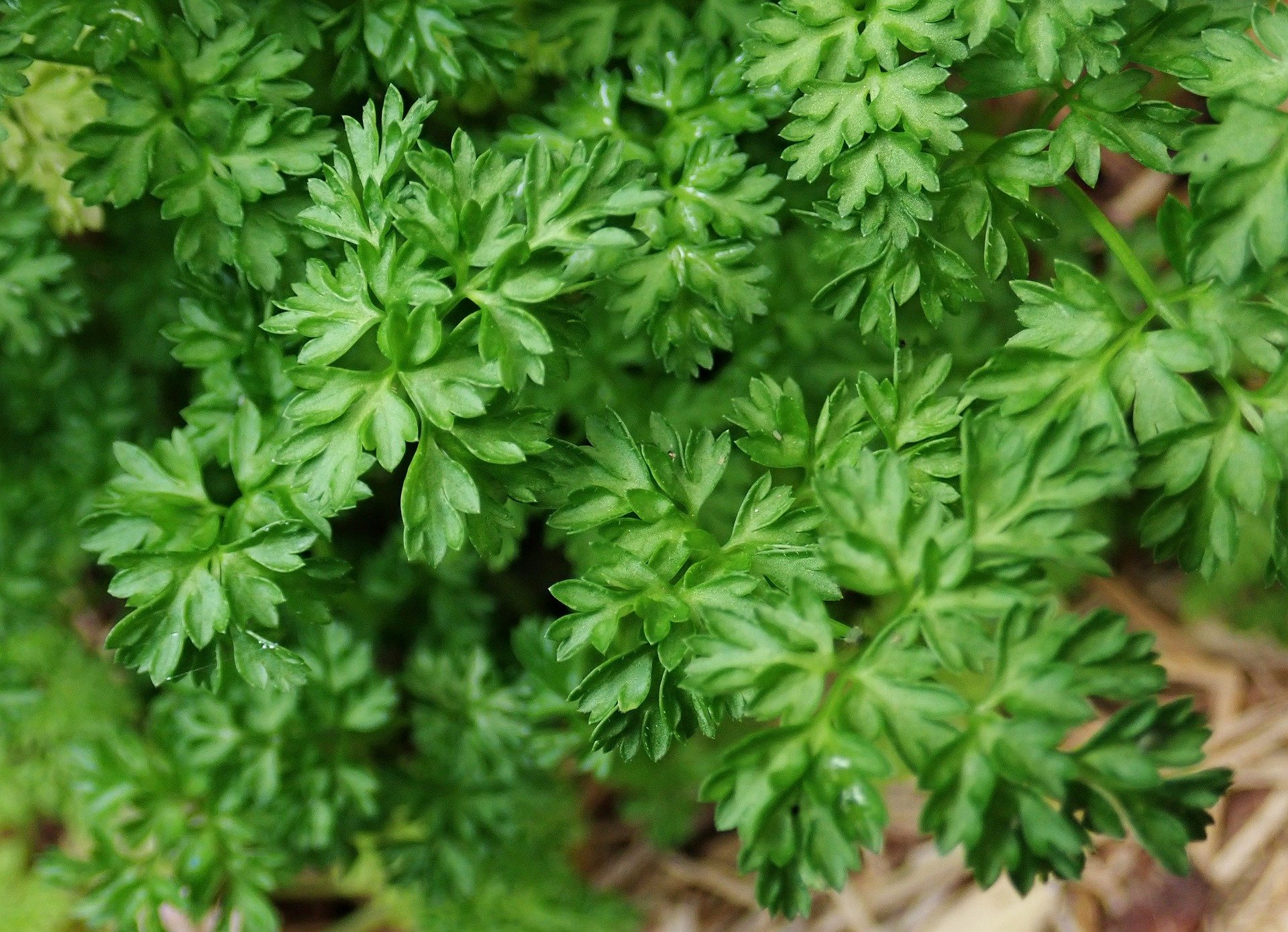
Chervil
Chervil, also known as French parsley, is a delicate herb that is a member of the Apiaceae family. The plant is native to Europe and Asia and has a mild, anise-like flavor with a hint of licorice. The leaves of the chervil plant are feathery and delicate, and they have a bright green color.
The history of chervil dates back to ancient times, where it was used by the Romans, Greeks, and Egyptians for both culinary and medicinal purposes. The Romans used it as a condiment, and the Greeks and Egyptians used it to treat a variety of ailments, including digestive issues and bad breath. They believed that chervil had the power to purify the blood and to promote a healthy appetite.
Chervil was also popular during the Middle Ages, where it was used in cooking and medicine. It was believed to be a powerful digestive aid, and it was also used to treat a variety of other ailments such as fevers, headaches, and even as a love potion. In the 18th and 19th centuries, it became a popular ingredient in French cuisine, particularly in the region of Normandy. It is known as the "gourmet's parsley" and was used to flavor many dishes, including soups, stews, and omelets.
Today, chervil is still a popular herb in French cuisine, and it is also used in other European cuisines, such as German and Scandinavian. It is often used to add a delicate, anise-like flavor to dishes such as fish, chicken, and vegetables. It is a common herb used in fines herbes, a blend of herbs that is used to season many dishes. It pairs well with other fines herbes such as parsley, tarragon, and chives. It's also used to make a herb butter called "beurre blanc" which is a classic French butter sauce.
In addition to its culinary uses, chervil has a long history of use in traditional medicine. It is believed to have anti-inflammatory, diuretic, and antimicrobial properties. It is also used to help with digestion and to promote a healthy appetite. The leaves of the chervil plant contain high levels of vitamin C, vitamin A, and minerals such as potassium, calcium, and magnesium.
Chervil is a delicate herb that should be used fresh, as it loses its flavor quickly when dried. It's best to add it at the end of cooking or as a garnish, to preserve its flavor.
Here are a few dishes that go well with chervil:
Soups and stews: Chervil can be used to add a delicate, anise-like flavor to soups and stews, such as chicken noodle, lentil soup and even in some cream-based soups.
Omelets and scrambled eggs: Chervil can be used to add a unique flavor to omelets and scrambled eggs.
Fish and seafood dishes: Chervil can be used to add a delicate flavor to fish and seafood dishes, such as poached fish, crab cakes and even in some marinades for shellfish.
Salads: Chervil can be used to add a unique flavor to salads, such as potato salad, green salads, and pasta salads.
Vegetable dishes: Chervil can be used to add flavor to roasted or sautéed vegetables, such as asparagus and green beans.
Sauces: Chervil is a common ingredient in classic French sauce like "beurre blanc" and it can also be used to add a delicate flavor to other sauces such as hollandaise sauce.
Chervil pairs well with other herbs such as parsley, tarragon, chives, dill and lemon thyme. It's also common to use chervil in combination with other herbs like basil, cilantro and mint. Experimenting with different combinations of herbs can help you find the perfect balance of flavors for your dishes.
